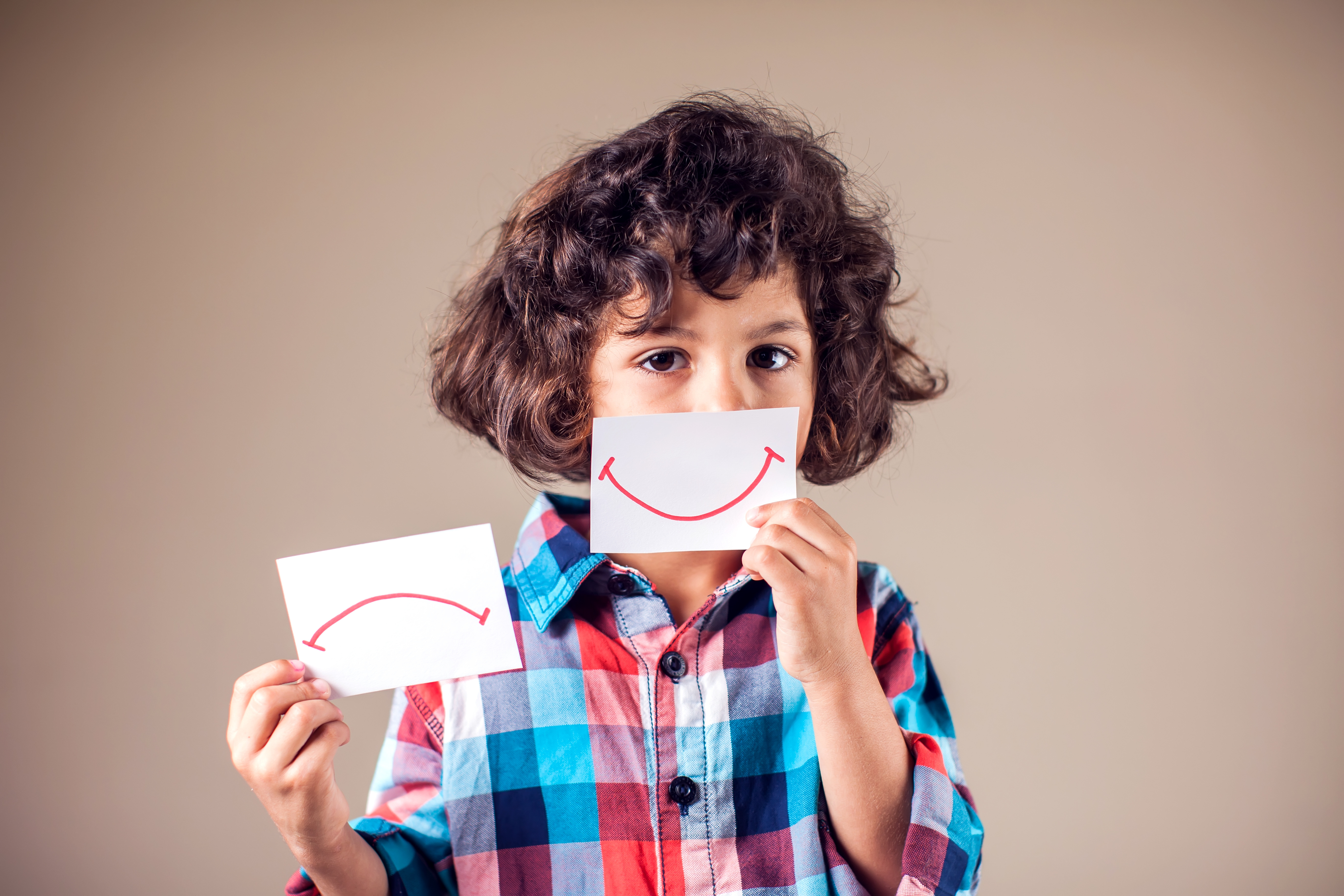
Emotional Regulation for Kids: What Is It and Why Is It Important?
Emotional regulation is the process of controlling emotions. The emotional regulation definition differs between adults and kids, of course. We shouldn't expect kids to have a lot of power over their emotions.
Still, it's necessary to teach emotional regulation strategies to kids starting at an early age. Doing so allows little ones to build strong relationships and self-confidence in healthy ways. This key skill is crucial for social and emotional development.
Emotional Regulation Strategies for Kids
Try these emotional regulation activities and strategies with your child. They'll help them handle their big emotions in positive ways.
Embrace Gentle Parenting
One of the best strategies to teach emotional regulation to kids is to model it. That means using your best emotional regulation strategies in your day-to-day life and allowing your kiddo to see you using them.
Gentle parenting is one way to do that. This parenting strategy puts calmness, compassion, and understanding at the forefront, showing kids that gentle tones and clear communication work better than emotional outbursts.
To practice gentle parenting, be mindful of your responses to your child's behaviors. Rather than yelling, take a moment to breathe and center yourself before talking through the situation with your child. Set clear boundaries and rules, but explain your expectations in a way your youngster can understand.
Work on Naming Emotions
As your child grows, they'll be able to understand more about each emotion and how it makes them feel. The first stepping stone toward this understanding is naming emotions. Toddlers can start with "happy", "sad", and "mad", but older kiddos should learn new words to describe their other emotions. For instance, "overwhelmed", "confused", or "excited" might be better words to express how they feel.
Use words to describe emotions when your child is expressing theirs. If your toddler throws a tantrum after being told it's naptime, you might say, "I understand you're angry right now about taking a nap. But napping will help you feel better and ready to play again!"
Encourage Children to Communicate
Create a safe space for your little one to express their emotions with their words or actions. Communication isn't always about talking. For younger kids, they might come to you for a hug to signal that they need a cuddle or comfort. Older kids can talk to you about how they feel, write in a journal, or draw pictures.
One way to encourage open dialogue about emotions is by reading books about feelings together. Ask a librarian to help you find age-appropriate books with characters that express specific emotions. Read them together and talk about, draw, or act out the stories.
Help Them Learn to Relax
Children should learn the importance of making sure they meet their needs through self-care. By learning ways to unwind and focus on their well-being, they learn to release tension and take control of their emotions.
There are several emotional regulation activities kids of any age can do. One option is yoga, which teaches calmness and mindfulness while promoting healthy physical activity. Deep breathing exercises can also quickly calm the mind and body.
Most importantly, let your child choose what helps them manage their feelings. For some, that might mean escaping to their room for a few minutes to lie down. Some kids might prefer to take part in a favorite activity, like a swim class. Or, maybe blasting some music and doing a silly dance is all that's needed for a quick release.
Teaching Emotional Regulation for Kids
Emotional regulation for kids starts with parents and caregivers. Model calmness and emotional control, and your youngster will see how it's done. Teaching kids emotional regulation early on lays a strong foundation for healthy emotional intelligence in the future. Consider getting your child involved in a physical activity, like running or water fitness, to practice discipline and support their emotional health.



